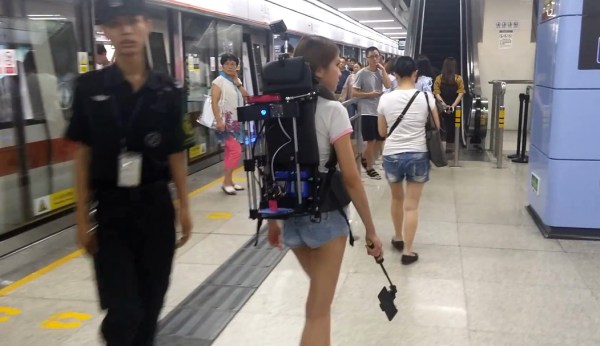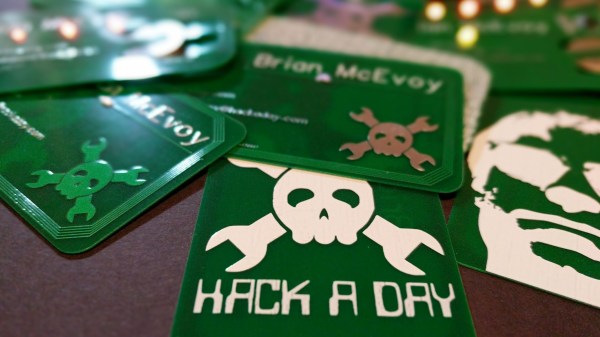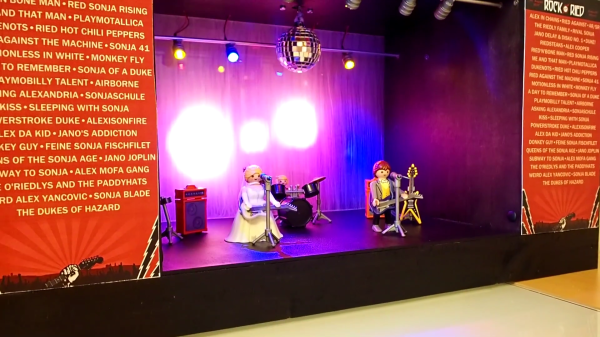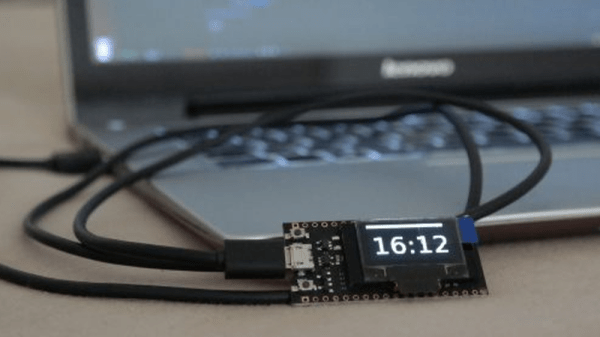This Thursday, Hackaday and Tindie are going to be rolling into Denver to attend the 2017 Open Hardware Summit.
What’s the big draw for the Open Hardware Summit? The attendees, of course. These are the people who make all the cool bits and bobs in Open Hardware. [Prusa] will be there, Seeed will be there, OSH Park and OSH Stencils will be there (yeah, they’re different companies), BeagleBoard will be there, and Great Scott Gadgets will be there. This is the place you want to be if you want to meet the heroes of Open Hardware.
Of special interest at the Open Hardware Summit this year will be the state of certification talk. Last year, a certification process for Open Hardware was started. If you’re not aware, this is a nearly intractable problem. Copyright covers design files, not implementation, and design patents only cover ornamental fluff on the stuff that actually makes things go. Creating a certification for Open Hardware is exponentially harder than arguing over an Open Source license, and we’re excited to see how the first year of the Open Hardware Certification went.
If you’re going and hanging around in Denver until Friday, there’s a road trip being planned by Sparkfun to visit the awesome companies along the Front Range. The itinerary includes a trip to Sparkfun, lunch at a brewery, and a trip to Lulzbot. Basically, Sparkfun rented a bus. The deadline to RSVP passed long ago, but I’m renting a van for the Hackaday and Tindie crew, and I’m sure there’s going to be some overflow. After the event on Thursday, there will be a Women Who Hack Dinner and Drinks. Hackaday’s evil overlords are graciously providing the drinks and appetizer there.

















